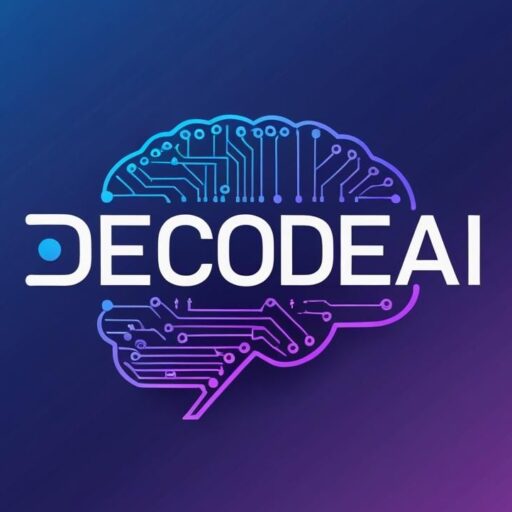Contents
How AI Is Changing Web Design
Author: M Sharanya
Introduction
Web design has always evolved with technology, but in 2025, artificial intelligence (AI) is reshaping the entire process. From generating layouts automatically to optimizing user experience in real time, AI is now a central player in how websites are built, designed, and maintained. In this article, we’ll explore how AI is transforming web design and what it means for designers, developers, and businesses.
1. AI-Generated Layouts
AI tools like Wix ADI and Bookmark’s AIDA can generate entire website layouts based on a few user inputs. These platforms understand industry standards and design patterns, allowing them to build smart, responsive templates instantly.
2. Personalized User Experiences
Modern AI-powered websites can tailor content, visuals, and even layouts based on individual user behavior. This improves conversion rates and engagement by delivering a unique, dynamic experience for each visitor.
3. Faster Prototyping
AI design assistants such as Uizard or Framer AI allow designers to go from wireframe to working prototype in minutes. These tools reduce development time and speed up the feedback loop with clients and stakeholders.
4. Smart Accessibility Features
AI tools can automatically check for accessibility compliance, suggest color contrast improvements, and even generate alt text for visually impaired users. This helps websites meet global standards effortlessly.
5. Code Generation and Optimization
With platforms like GitHub Copilot or Locofy.ai, AI can now generate front-end code based on design files or text prompts. This bridges the gap between designers and developers and speeds up implementation.
6. SEO and Performance Tuning
AI-powered SEO tools can recommend metadata, analyze page speed, and optimize on-page elements automatically. This ensures websites not only look good but also perform well on search engines.
7. Predictive UX Design
Advanced AI systems can analyze user behavior and predict friction points. Designers can then adjust interfaces proactively, creating smoother user journeys based on real-time data and heatmaps.
Conclusion
AI is no longer a futuristic concept in web design—it’s a practical tool transforming how websites are created and optimized. Whether you’re a freelance designer or a digital agency, integrating AI into your workflow can boost creativity, efficiency, and results. Embrace the change, and let AI help you design smarter, faster, and better in 2025 and beyond.



